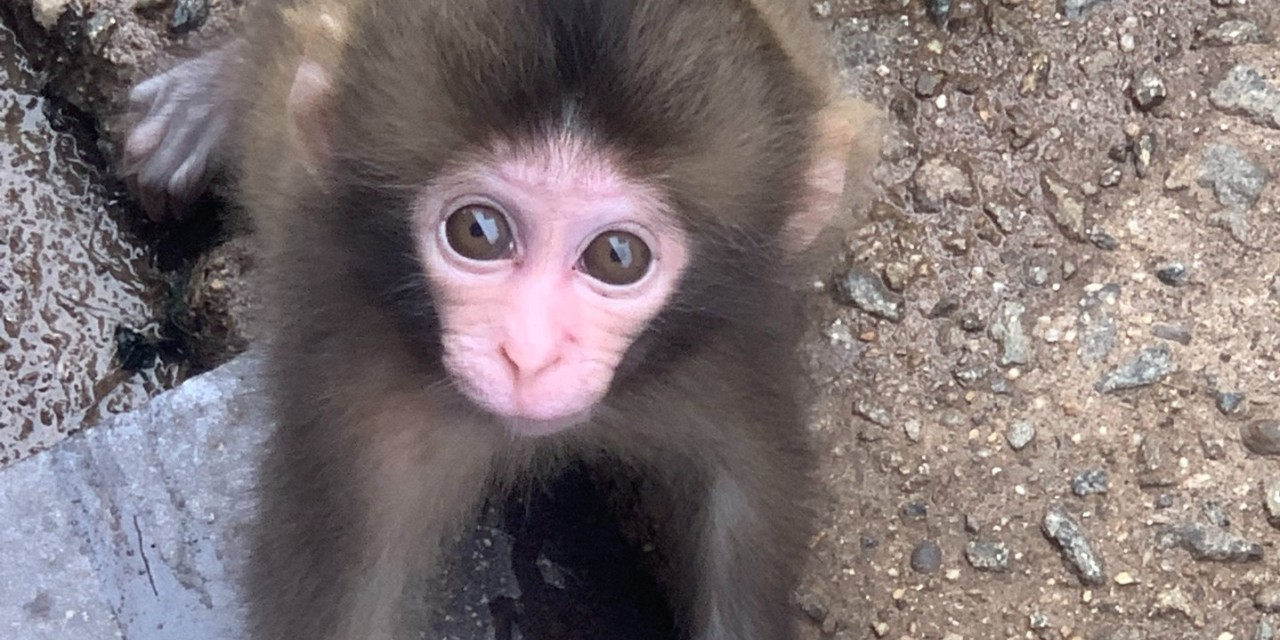Individual and group effort
The studies referenced range from 1931 to 2023, and 125 species were identified. The chimpanzee is the most frequently studied, accounting for 25 percent of the papers. Other frequently identified species include Japanese macaques, rhesus macaques, cynomolgus macaques, and olive baboons.
More than 90 percent of the disorders were identified as deformities, injuries, or diseases or conditions. Most studies of deformities were conducted in macaques, while most studies of injuries, diseases, or conditions were conducted in chimpanzees.
The researchers identified three themes within the literature they reviewed.
● The central role of behavioral flexibility: Primates have been able to adjust their species-specific behaviors to survive, reproduce, and thrive despite physical impairments or disabilities. For example, some chimpanzees have been observed moving around using two or three limbs instead of the usual four.
● The importance of maternal and conspecific care and the social environment: All primates require maternal care during infancy, but mothers of babies with disabilities provide additional care and modify their own behavior to meet the needs of their children. Similarly, other members of the same group may modify their species-specific care to help a disabled member. For example, an adult male Japanese macaque adopted an orphaned young monkey with a disability and carried him around on three legs as they traveled together as a group.
● Potential for innovation: Primates with disabilities have been observed developing new ways of participating in grooming, carrying young, and feeding. This typically involves new uses of the limbs, such as holding a branch between the forearm and against the torso to eat.

